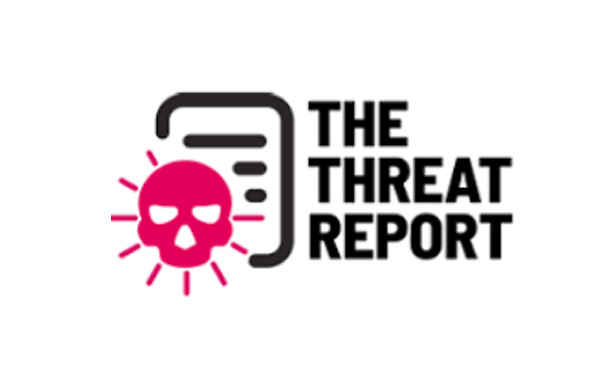Sophos has launched its 2020 Threat Report providing insights into the rapidly evolving cyberthreat landscape. The report, produced by SophosLabs researchers, explores changes in the threat landscape over the past 12 months, uncovering trends likely to impact cybersecurity in 2020.
The SophosLabs 2020 Threat Report focuses on six areas where researchers noted particular developments during this past year. Among those expected to have significant impact on the cyberthreat landscape into 2020 and beyond are the following:
Ransomware attackers continue to raise the stakes with automated active attacks that turn organizations’ trusted management tools against them, evade security controls and disable backups in order to cause maximum impact in the shortest possible time.
Unwanted apps are edging closer to malware. In a year that brought the subscription-abusing Android Fleeceware apps, and ever more stealthy and aggressive adware, the Threat Report highlights how these and other potentially unwanted apps (PUA), like browser plug-ins, are becoming brokers for delivering and executing malware and file less attacks.
The greatest vulnerability for cloud computing is misconfiguration by operators. As cloud systems become more complex and more flexible, operator error is a growing risk. Combined with a general lack of visibility, this makes cloud computing environments a readymade target for cyberattackers.
Machine learning designed to defeat malware finds itself under attack. 2019 was the year when the potential of attacks against machine learning security systems were highlighted. Research showed how machine learning detection models could possibly be tricked, and how machine learning could be applied to offensive activity to generate highly convincing fake content for social engineering. At the same time, defenders are applying machine learning to language as a way to detect malicious emails and URLs. This advanced game of cat and mouse is expected to become more prevalent in the future.
Other areas covered in the 2020 Threat Report include the danger of failing to spot cybercriminal reconnaissance hidden in the wider noise of internet scanning, the continuing attack surface of the Remote Desktop Protocol (RDP), and the further advancement of automated active attacks (AAA).


